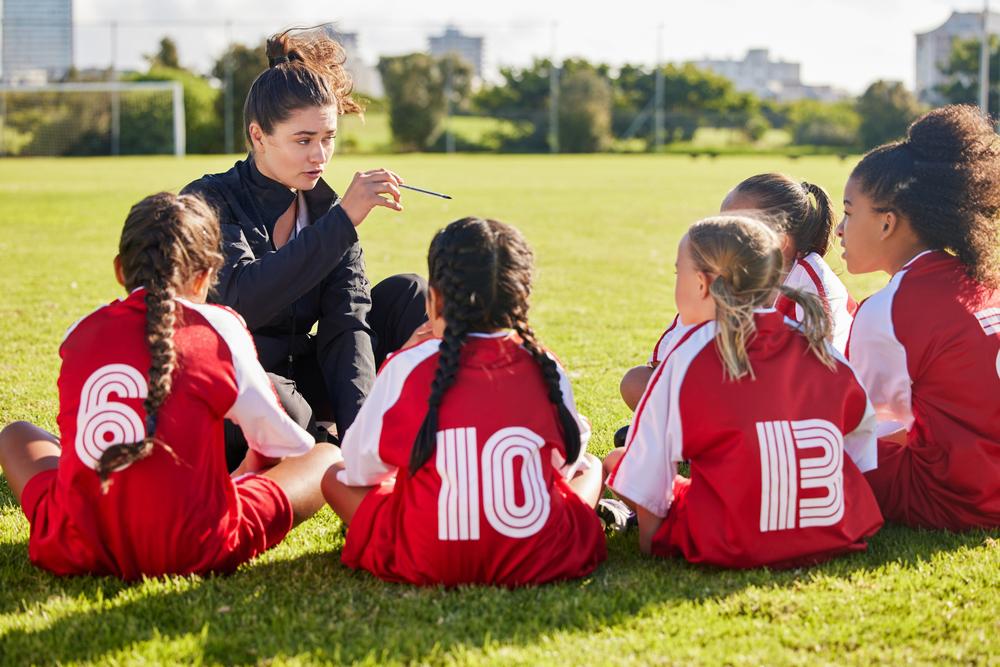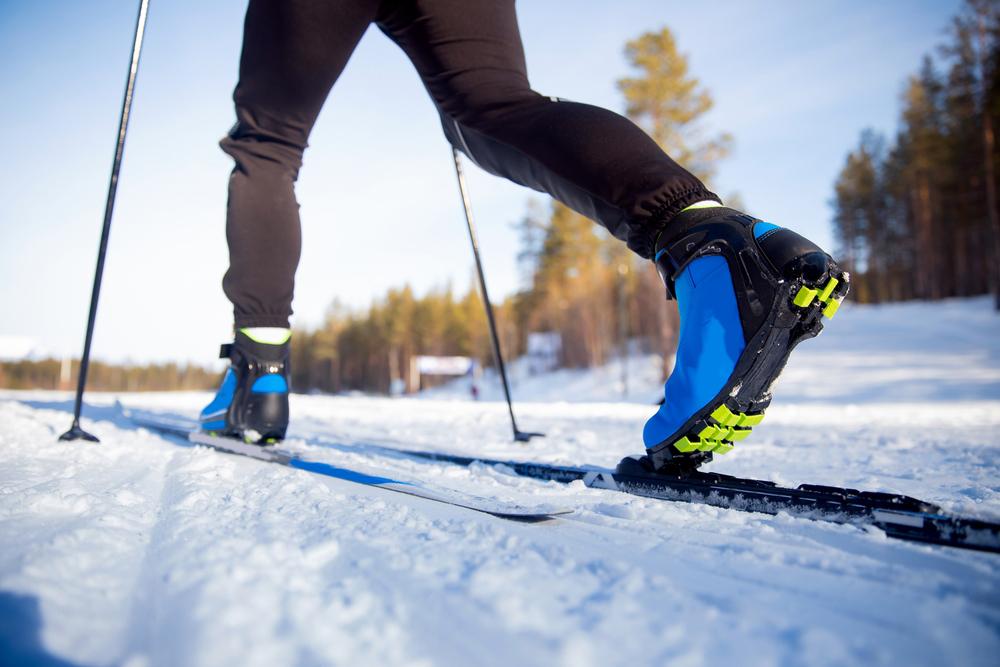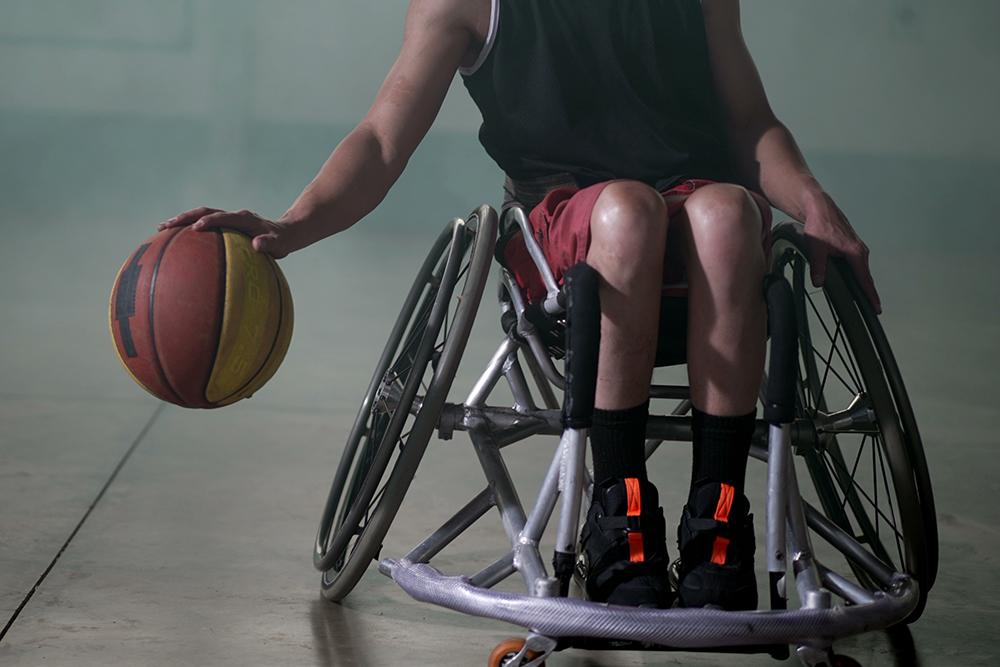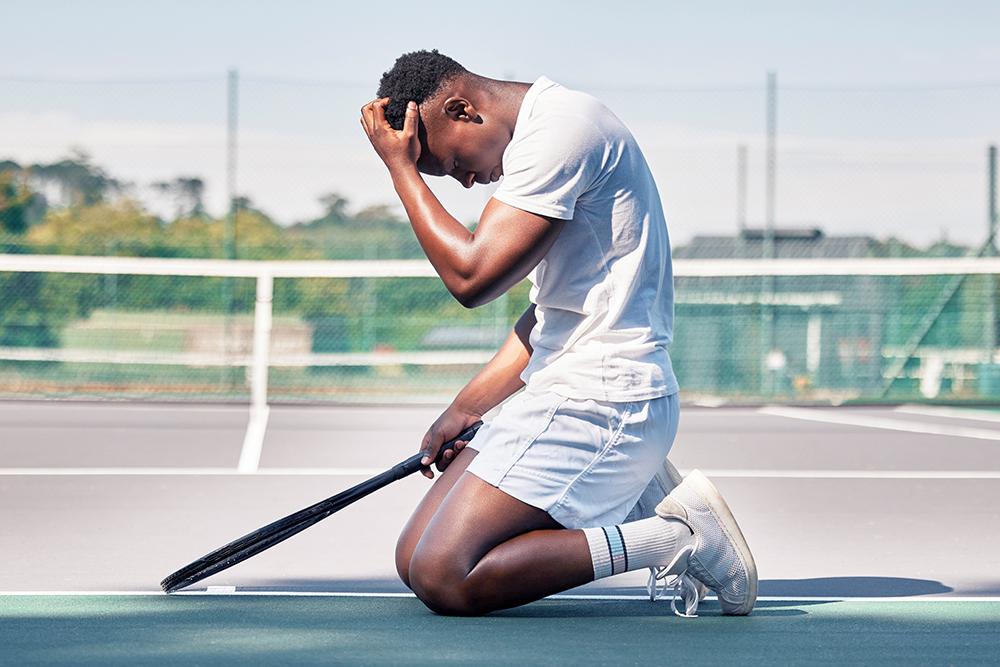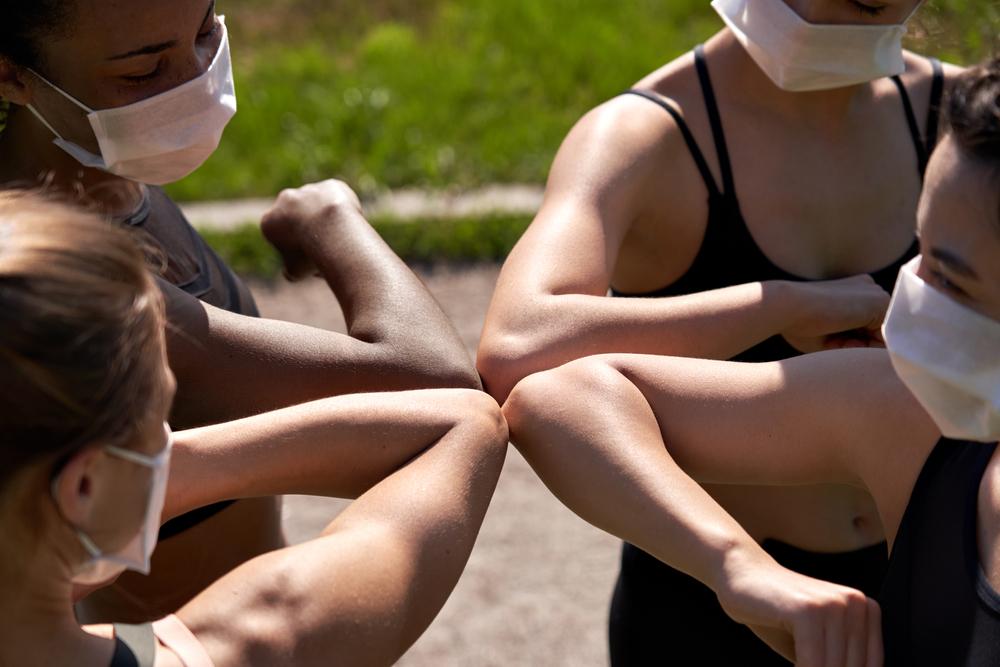 It’s been a full year since the COVID-19 pandemic began, forcing coaches, parents, and athletes to change how they viewed team sports. Entire seasons, including practices and competitions, were canceled, and for many, the future of youth sport is still uncertain. The pandemic forced coaches to quickly figure out new ways to connect with athletes, and parents took a more active role in helping kids practice skills and techniques.
It’s been a full year since the COVID-19 pandemic began, forcing coaches, parents, and athletes to change how they viewed team sports. Entire seasons, including practices and competitions, were canceled, and for many, the future of youth sport is still uncertain. The pandemic forced coaches to quickly figure out new ways to connect with athletes, and parents took a more active role in helping kids practice skills and techniques.
While this time has been difficult for everyone, there have been some moments of clarity and insight that have come from the past 12 months. Coaches realized that the mental game is as important as the physical one. Parents realized how overscheduled their children (and they) were. And kids learned just how resilient they could be when faced with canceled games, the loss of an important season, and a lack of in-person social interactions.
“Prior to the pandemic, we were often too busy and overscheduled,” says Sandy Briggs, the U.S. Anti-Doping Agency’s (USADA’s) Chief Financial Officer. “This time gave us a chance to hit reset and remember what is most important and then figure out how to make and maintain those connections in our new socially distanced environment. When we get back to practice and game play, I hope we can refocus on what our youth love about sports: friends, fun, teamwork, and play.”
Here are more lessons learned and takeaways from TrueSport experts, coaches, and athletes after one year of COVID-19.
Self-care for coaches, parents, and athletes is critical
As a coach or parent, it may be tough to carve out time for yourself when you’re trying to help your student athlete deal with remote school and solo sport practices, but everyone needs time for self-care, even if it’s only a few minutes. “The biggest challenge was reminding myself that I needed to take care of myself first in order to help all those I work with,” says TrueSport Expert and psychologist Melissa Streno, PsyD.
“I learned that it is so important to take time for yourself each day,” says Rick Swan, Head Coach of Colorado College Women’s Volleyball team. “Step away from your daily routine in your home office. Go for a walk, go for a run, get out of the house. I hope that when this is over, we continue to remember the necessity of self-care. To be your best self, you must first take care of yourself both physically and mentally.”
Being adaptable is important in any circumstance
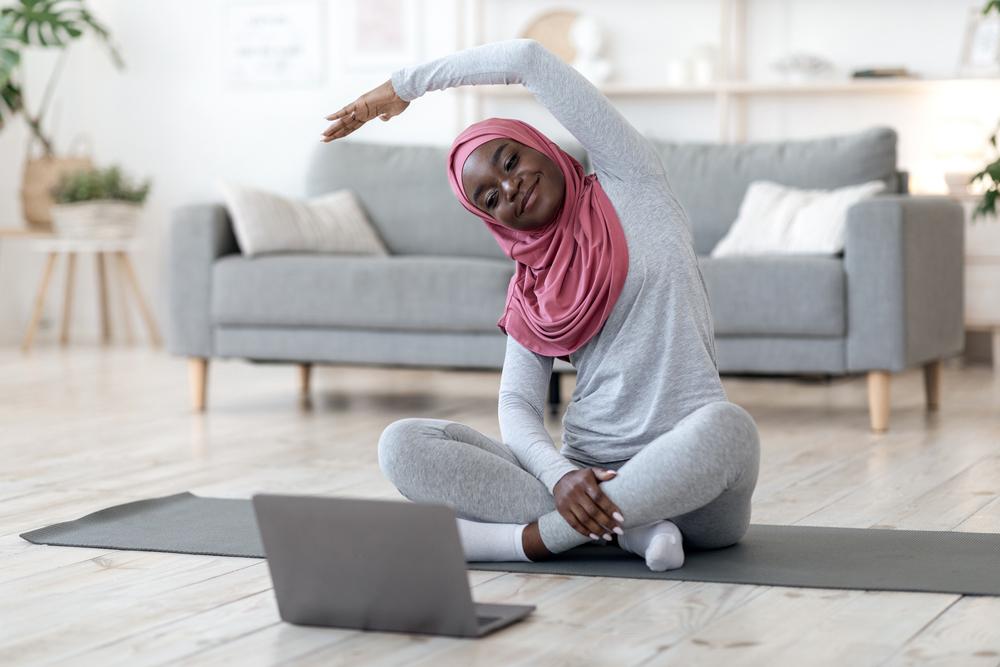 Shifting to virtual practice, FaceTime core workouts, Zoom team meetings, and solo training hasn’t been easy for athletes, or for the coaches trying to prepare for seasons that may or may not come to fruition. Teams have always needed to adapt to things like weather or injury, but never before has the need to roll with the punches been so critical to a team’s success. “I think that the biggest lesson I’ve learned in this is to be flexible,” says Paralympian Aaron Scheidies. “Have an alternative plan for when your initial plans change, because in the world we are in right now, nothing is concrete. We must be able to adapt to new situations and new ways of doing things.”
Shifting to virtual practice, FaceTime core workouts, Zoom team meetings, and solo training hasn’t been easy for athletes, or for the coaches trying to prepare for seasons that may or may not come to fruition. Teams have always needed to adapt to things like weather or injury, but never before has the need to roll with the punches been so critical to a team’s success. “I think that the biggest lesson I’ve learned in this is to be flexible,” says Paralympian Aaron Scheidies. “Have an alternative plan for when your initial plans change, because in the world we are in right now, nothing is concrete. We must be able to adapt to new situations and new ways of doing things.”
Those who had the easiest time adjusting to a new way of life were those who had support systems already in place, either through school, team, or family. “The biggest lesson learned was trusting the process, as well as my support bubble, throughout so many unpredictable and uncertain events,” Streno added. “This allowed me to slow down and find more appreciation for things I might normally take for granted.”
There is more than one way to coach and train
“It’s been interesting to see the variety of ways that different athletes and families did—and did not—adapt to pandemic-related changes,” says Michele LaBotz, MD, FAAP, a TrueSport Expert and sports medicine physician. “While some programs and athletes pushed against or worked around imposed restrictions, others completely backed away from any training or participation, and others used the opportunity to ‘change things up’ and explore different options to train for their sport, or even try something completely new.”
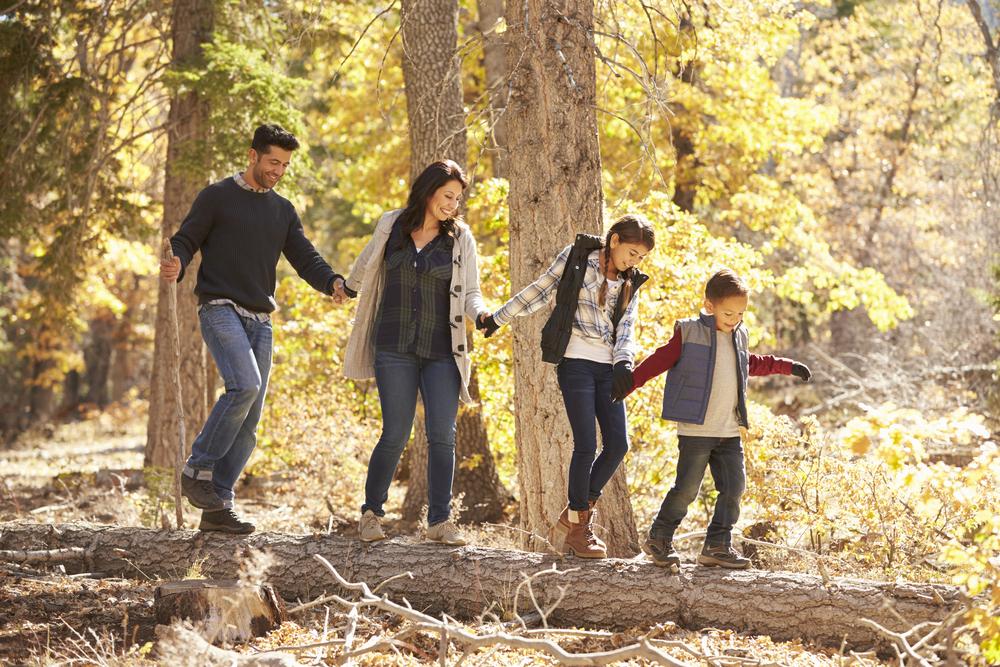 “I was so heartened to see the numbers of families that were outside taking bike rides, hikes, or just walking together as a unit, and loved hearing reports of families spending more time cooking and eating together,” she added. “I suspect this was mostly to take a break from sitting in front of computer screens all day for school, but I hope that athletes and families are able to hold onto that concept of family meals and family-oriented recreation and physically active lifestyles, even as youth begin to re-engage in more structured sport activity.”
“I was so heartened to see the numbers of families that were outside taking bike rides, hikes, or just walking together as a unit, and loved hearing reports of families spending more time cooking and eating together,” she added. “I suspect this was mostly to take a break from sitting in front of computer screens all day for school, but I hope that athletes and families are able to hold onto that concept of family meals and family-oriented recreation and physically active lifestyles, even as youth begin to re-engage in more structured sport activity.”
And coaches also found new ways to talk about training and sport, thanks to the time and space to start communicating with other coaches outside of their usual bubble. “The biggest lesson learned is that when sport was impacted by the pandemic, the time “freed up” allowed coaches to collaborate and learn from fellow coaches in over 100 nations using Zoom and other online platforms,” says John Kessel, former Director of Sport Development for USA Volleyball.
You can only control what you can control
“The biggest lesson I learned through COVID-19 is the value of only focusing on things that are within your control,” says Jordan Wilimovsky, Olympic swimmer. “With the Olympic Games being postponed and pool space and training opportunities being difficult to find, it easy to become overwhelmed. Focusing on things I could control, such as taking advantage of the pool time we had and finding ways to improve outside the pool through nutrition and diet, helped to move me in the right direction.”
Coaches and parents couldn’t control when kids would be able to compete again—but they could control how practices looked, what skills kids could work on outside of team practice, and how athletes could continue to interact virtually when not together in person.
We can choose to grow in times like these
Resilience has always been important, but never more so than now. “Everyone will experience other times of true upheaval and disruption in their lives,” says Dr. Deborah Gilboa, MD, TrueSport Expert and board-certified family physician. “Student athletes and the adults who coach and raise them can learn from this time the strategies they need to handle massive disruption. That way, the next time it finds you, you’ll know better how to explain what’s happening to you, how to solve problems, and how—and who—to ask for help.”
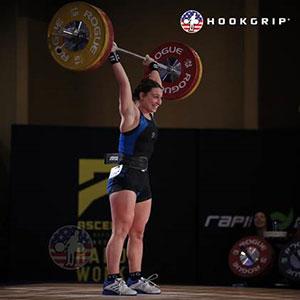
“The biggest lesson I’ve learned after one year of COVID-19 is that adversities build strength and resilience,” says Abby Raymond, USA National Team Member with USA Weightlifting and TrueSport Athlete Ambassador. “Without struggles, we wouldn’t have any opportunities to grow or learn. 2020 has been such a great year for practicing patience, trust, and perseverance! One thing I hope youth sport takes away from this experience is perseverance: Learning to persevere through hardships and challenging times is so important to developing character and becoming open to growth.”
“I learned that I am more resilient than I thought I was,” says David Plummer, an Olympian who sits on USADA’s Board of Directors and a Leadership and Performance consultant with Premier Sport Psychology and JSA Advising. “I think we are all being pushed in ways that we never have been before and having to deal with new issues daily. The one thing I try to remind myself is that I am more resilient than I think that I am and that every challenge is an opportunity to learn. This past year has been full of opportunities to learn, opportunities we never really wanted, but opportunities, nonetheless.”
Relationships require maintenance
When school and sports went remote, it was easy for kids (and parents) to start spending time in a small bubble of their household, with very little outside communication. For 18-year-old multisport athlete Anna, the pandemic has taught her that relationships take work, especially when you can’t see friends in school and at practice. “Before the pandemic, I took for granted the time I was able to spend with these people and did not dedicate enough time to keeping up with them,” she says.
“I’ve learned that our teammates and coaches are people who you should maintain positive relationships with,” she adds. “Reach out to them, make sure they are okay, and keep in touch. Everyone is needing this sport community connection at this time and it is missed so much! In a time where self- isolation is encouraged, I’ve learned that it is extremely important to reach out to the people you care about and to not let one thing stop you from maintaining these unique and special relationships.”
Sport isn’t just about the physical benefits
Coaches and parents have never been more aware of how crucial sport is for young athlete’s mental health, in addition to their physical well-being. “Sport is so essential to the physical and mental well-being of young athletes, thus it’s imperative we find creative ways to maintain opportunities to play safely,” says Dr. Matthew Fedoruk, USADA Chief Science Officer.
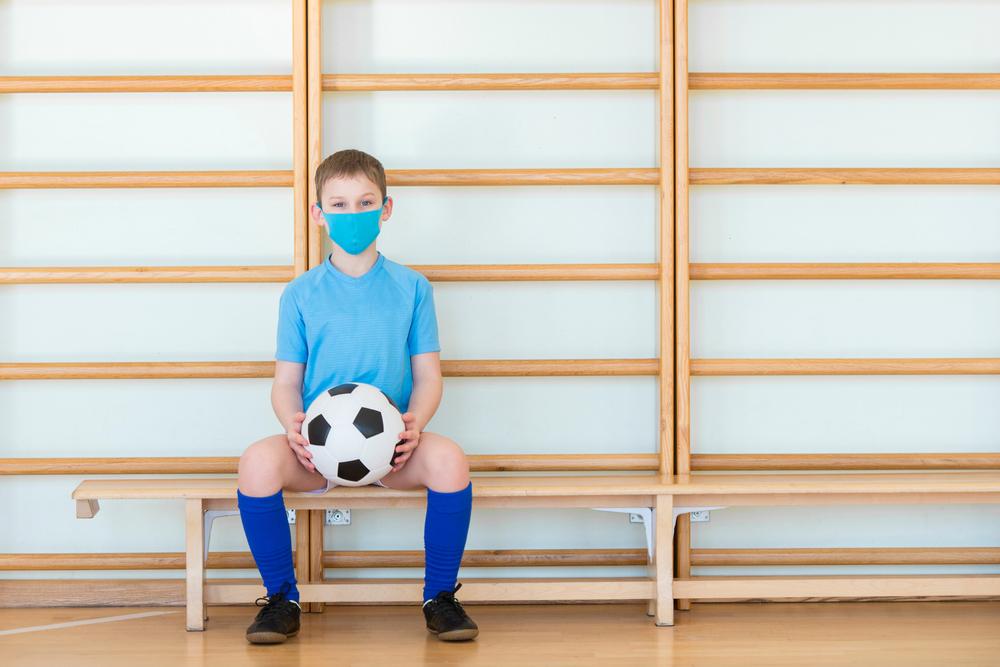 “I hope that we now have more of an awareness of youth mental health and the significant role that organized sport plays in the well-being of young people,” adds Nadia Kyba, a registered social worker and founder of NowWhatFaciliatation.com. “Sport is not just there to provide an opportunity for exercise: it benefits young people by giving them community, security, a sense of belonging, and wellness. During the pandemic we have seen these opportunities removed from the lives of young people and we have seen a rise in youth depression and anxiety. I hope that this will highlight the responsibility organized sports have in providing this necessary opportunity for young people.”
“I hope that we now have more of an awareness of youth mental health and the significant role that organized sport plays in the well-being of young people,” adds Nadia Kyba, a registered social worker and founder of NowWhatFaciliatation.com. “Sport is not just there to provide an opportunity for exercise: it benefits young people by giving them community, security, a sense of belonging, and wellness. During the pandemic we have seen these opportunities removed from the lives of young people and we have seen a rise in youth depression and anxiety. I hope that this will highlight the responsibility organized sports have in providing this necessary opportunity for young people.”
Another student athlete, 11-year-old Grant, admits that it’s been a tough year without sport. “My biggest challenge was being in school online. I missed my friends and doing my work online without being in person was frustrating,” he says. “And not being able to do sports like regular this year was a really bad thing. Doing sports is good for kids and we need workouts and sports to be in shape and happy.”
And even as the pandemic begins to subside, it’s not just about return to sport for athletes who were already involved. Now that we know how important sport is to overall health, spreading that message beyond already-sporty kids is important. “Access to sport is essential for all kids and I’m hoping that there is more recognition that even in the best of times, access is too limited,” says Travis Tygart, USADA Chief Executive Officer. “We must do better to ensure every child has a chance and opportunity to try and play as many different sports as they want, otherwise they will miss out on fun and important life lessons.
Gratitude is critical
“It has been a very challenging year to say the least. I’ve learned, and remembered, to be thankful for the blessings that I do have, such as a good job, health, friends, and family,” says Judy Sandlin, a clinical professor at Texas A&M. “With all the undesirable things that have happened over the past year, it is easy to get sucked into the negativity in our current society. By practicing gratitude, it helps me stay positive, appreciative, hopeful, and optimistic.”
Vicki Vaughan, basketball athletic director at the Colorado Springs School, adds “I learned to slow down, and to have more gratitude for the things I do have. As an athletic director, I found it very challenging to find silver linings when seasons were cancelled, and schedules shortened due to the pandemic and risks involved. My hope is that athletes in general learn to appreciate the privilege of participation and embrace more opportunities moving forward to play sport and learn from the experience.”
And even when it’s hard to spot big things to be grateful for, Matt Sicchio, USADA Chief Operating Officer, notes that he’s learned to look for the little things. “I can be better at finding the small moments of gratitude and joy even while looking for positive news on the horizon and anticipating a return to some semblance of normalcy,” he adds. As a parent or a coach, practicing gratitude yourself and urging your kids to do the same can make a big difference in your overall outlook.
_________________________
Takeaway
Before the pandemic, youth sports weren’t perfect. And maybe post-pandemic, the lessons we’ve learned in the last year can help guide us to a healthier, happier sport model for youth. “In a perfect world, the youth sports community will use this moment to do a major reset,” says Sicchio. “I miss watching my kids play. But I don’t miss the ill-placed emphasis on early sport-specialization, being ‘seen’ by the right coaches, winning at all costs, the blatant financial drivers of the organized youth sports system that we’ve allowed to overshadow true youth development through sport, traveling great distances for perceived ‘better competition’ that in reality exists right in our own neighborhoods, and more. The absence of those elements of youth sports from my family’s life over the last year has been a palpable weight lifted. As we look forward to once again watching our kids play, I don’t believe a full reset of the organized youth sports system is likely, but I do have hope that there is a large population of families like mine that believe the system can shift toward a more sustainable and balanced approach.”
